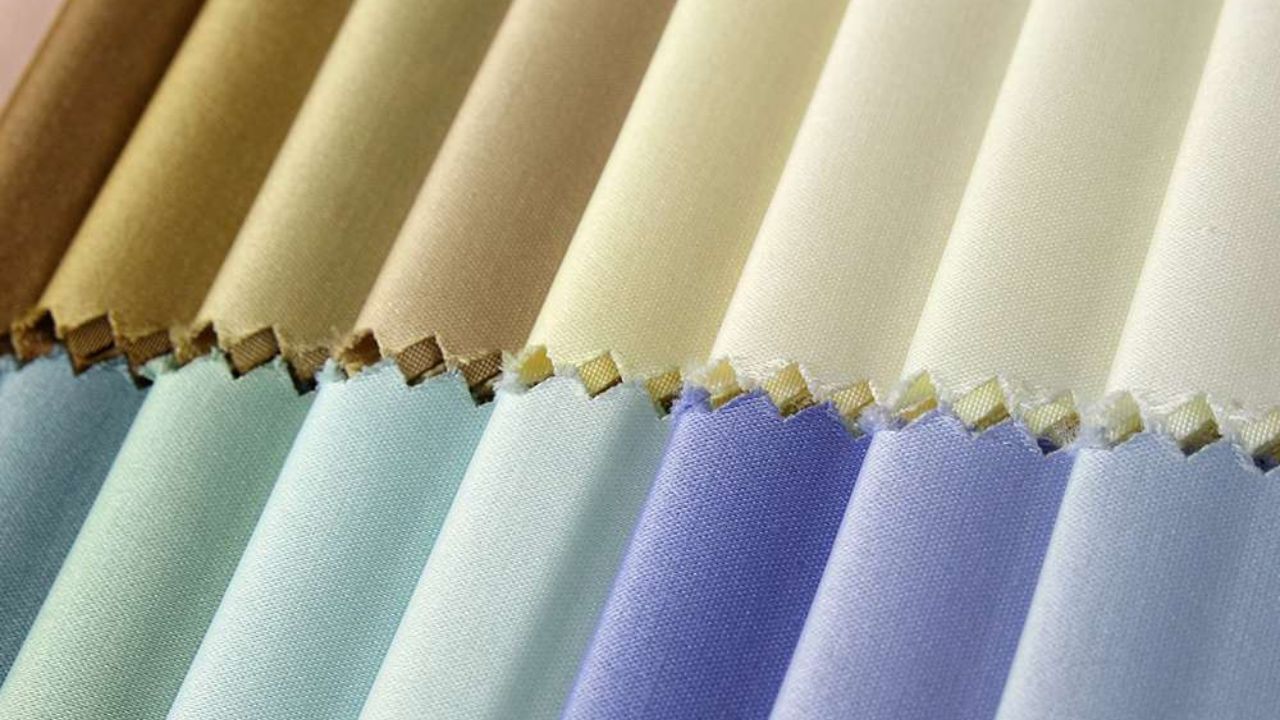The modal fabric is a new fabric that has attained fame in the textile industry because of its softness, durability, and eco-friendliness. Yet to know the worth of it, one has to learn more about what modal is composed of and how this composition matters in terms of garment fashion and sustainability alike. Modal is a form of rayon, but unlike other types of rayon, it is unique as it is made in a different way and has more features. Understanding what is modal fabric made of helps explain its softness, durability, and environmental benefits highlighted throughout the article.
The Raw Fabric of Modal
The pulp that mainly constitutes the modal is the beech tree. These are trees that are frequently cultivated in sustainable forests, especially in Europe. The main substance to be taken to produce the fabric is cellulose, which is extracted from the wood. The cellulose is broken down in the process of making it into fibers that can be woven into fabric. The difference between modal and other rayon materials lies in the manner of processing of the pulp. The manufacturing process of fiber is a more elaborate method, which not only leads to the production of stronger and more durable material but also can be less environmentally harmful. Harsher chemicals are normally used less in the production process, and there is a high percentage of recycling of the solvents, minimizing pollution and waste.
The Significance of the Modal Composition
Modal being plant-based provides it with a variety of advantages as compared to synthetic materials, especially polyester. Modal fabric is exceptionally soft and smooth, so it may be ideal to call it having the feel of silk or cotton, with that luxurious feel. This is why it is a popular fabric in wearing garments that are worn next to the body, i.e., underpants, pajamas, and sports clothing.
Besides being comfortable, modal is extremely breathable and moisture-wicking, which is in addition to how the material can be used in warm weather or in active situations. It is also strong and elastic, so that garments are able to keep their shape even after being washed several times. This ruggedness has a direct connection with the material of the fabric and some methods used in producing it to boost the fiber strength.
Environmental Impact and Sustainability
The second reason why the composition of modal is relevant is due to its sustainability profile. It is more viable than standard cotton or artificial fabrics as it is based on renewable sources, beech trees in this case. Several modal makers are committed to environmental stewardship with sustainable forestry and closed-loop product systems to decrease waste and chemical run-off.
This is a bio-responsible production that runs along with the rising trend of green fashion. The reason consumers and brands have been adopting modal is that it aids environmental objectives without forfeiting quality. The bio-degradability of the fabric also makes it more vulnerable to break when exposed to nature, as unlike the synthetic materials, which can remain in the environment for many decades after being exposed to the elements.
Conclusion
The concept of what modal is composed of explains why it has emerged as a desirable fabric in present-day fabrics. At its beginning, the renewable origin of raw material, its extra-soft touch, and its overall low impact on the environment form one of the most convincing formulas of comfort, performance, and sustainability in modal fabric. Its ingredients not only determine its sense of feeling, but also determine how it fits into the totality of the fashion towards superior and responsible fashion.


